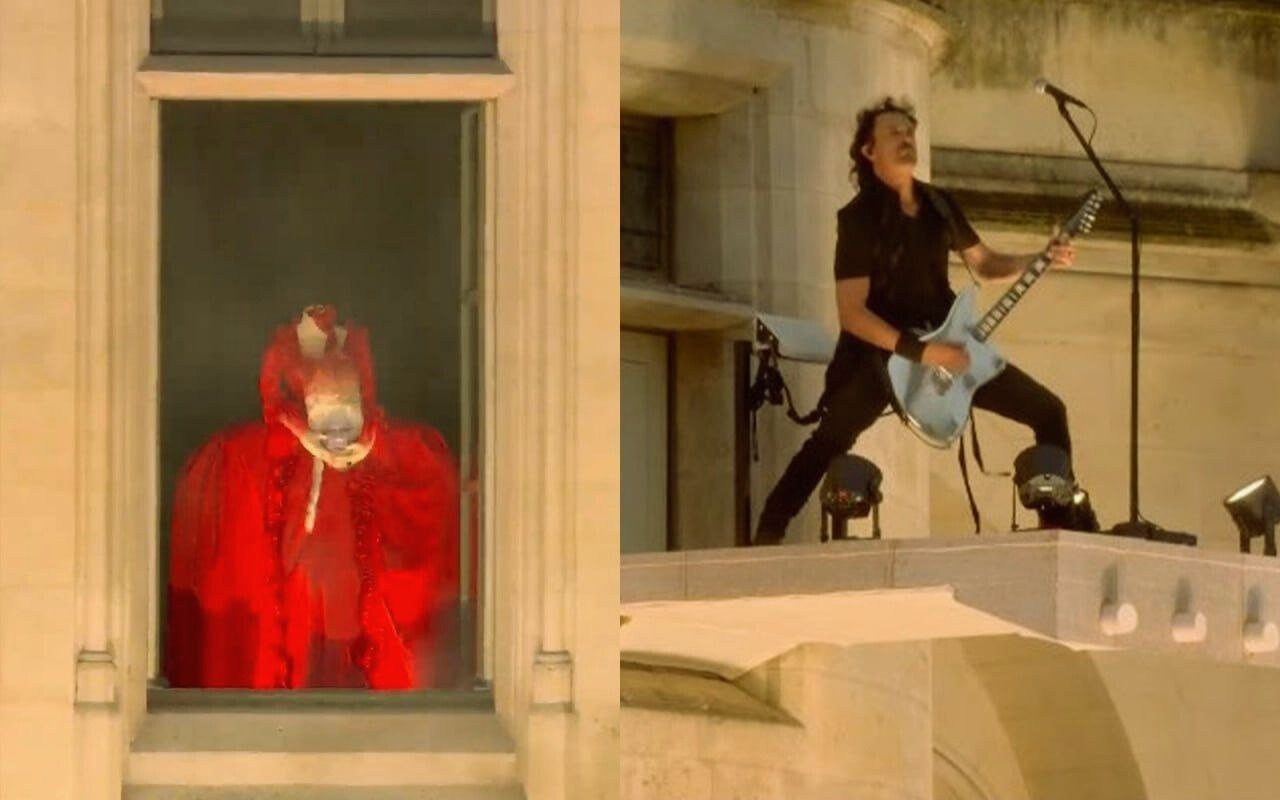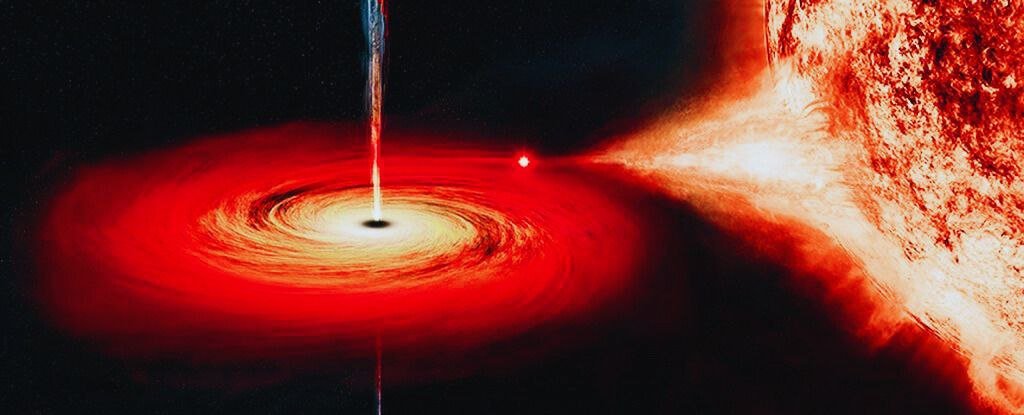
Black Hole: Tracing Einstein’s Influence on Black Hole Studies. For the first time, a bizarre area known as the “plunging region” has been discovered around black holes. Albert Einstein’s general relativity theory predicted this area, where matter stops orbiting a black hole and instead falls straight in, although it has never been observed. Plunging regions research could teach us about how black holes arise and evolve, as well as disclose new knowledge about the fundamental nature of spacetime.
When matter gets too close to a black hole, it splits apart and forms an orbital ring around it known as an accretion disc.
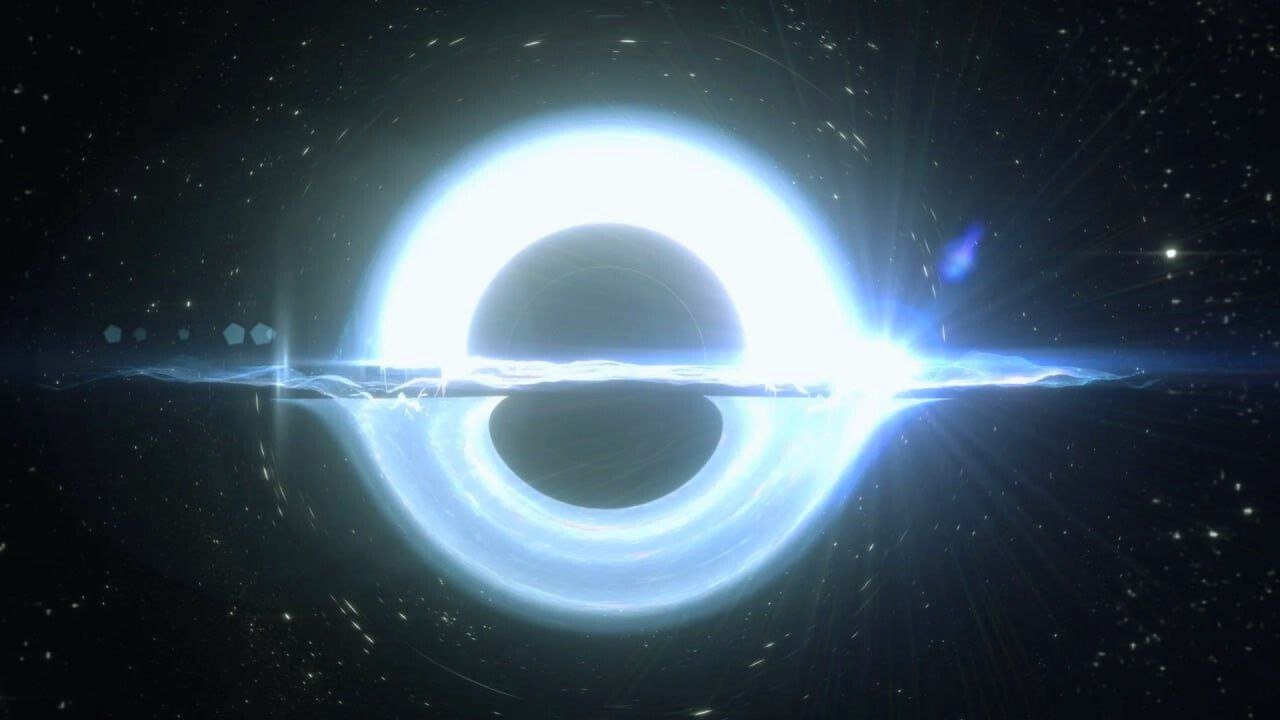
Matter’s Fate in Black Hole Gravitational Fields:
According to general relativity, there should be an inner barrier to the accretion disc beyond which nothing can orbit the black hole; instead, everything should plunge directly in, rapidly accelerating to near the speed of light as it descends.
“It’s like a river turning into a waterfall, and we’ve only been looking at the river until now,” explains Andrew Mummery from the University of Oxford.
“If Einstein was wrong, then it would be stable all the way down, with only a river”: This section appears to be a hypothetical situation. It implies that if Einstein’s theories were incorrect, the situation would be predictable and steady, analogous to a river flowing smoothly and without interruption.
“We now have our first glimpse of the waterfall, implying that Einstein was correct” : A waterfall metaphor is employed here. A waterfall is a rapid change or disruption in the flow of water. Seeing the “waterfall” indicates a departure from the previously mentioned stable flow. This divergence indicates that something unusual or non-linear is occurring, which is consistent with several of Einstein’s beliefs.
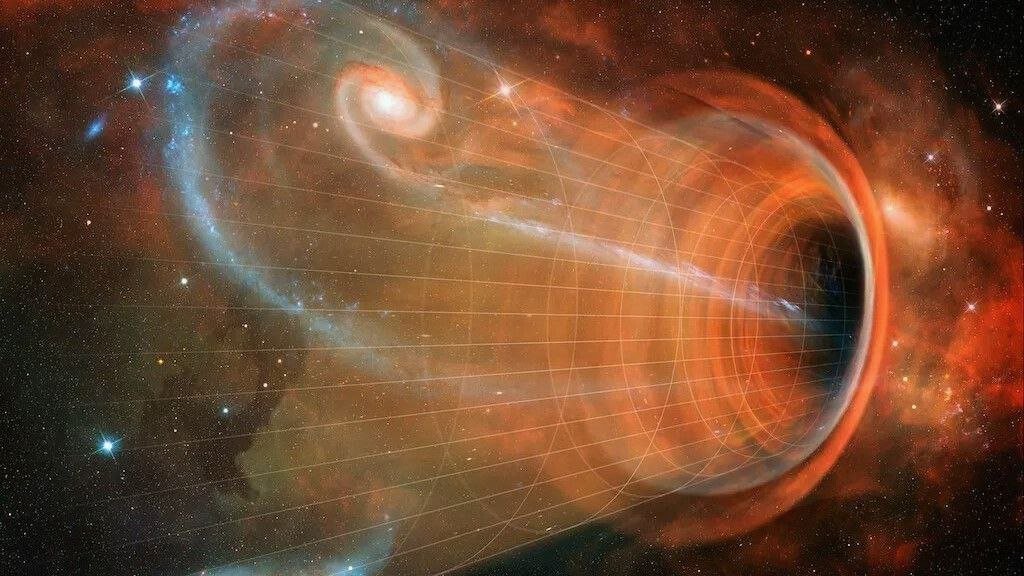
Mummery and his colleagues discovered evidence of a plunging zone near a black hole in the binary system MAXI J1820+070, located around 10,000 light years away from Earth. Models of the light from the black hole’s accretion disc were created using data from the Nuclear Spectroscopic Telescope Array (Nu STAR), a space-based X-ray telescope.
They discovered that the models only fit the data if they incorporated light emitted by matter in the plunging region in addition to light from the accretion disc.
“Previously, we thought that anything that crossed this limit would have no time to truly radiate meaningfully”: This section implies that there existed a prior understanding or belief about a particular limit. This limit most likely refers to a point near a black hole beyond which objects would encounter tremendous gravitational forces and other physical consequences. The term “no time to truly radiate meaningfully” means that things that cross this limit were previously thought to be unable to emit significant amounts of energy or radiation before being influenced by the black hole’s tremendous gravitational attraction.
“Before it plunged into the black hole”: This section emphasises the destiny of items that cross the aforementioned boundary. They are predicted to be sucked towards the black hole by its massive gravitational pull.
“This additional light could answer a long-standing issue in X-ray astronomy, in which black holes appear to spin faster than theory predicts” : This section implies that there is a continuing issue or dispute in X-ray astronomy regarding the measured spin of black holes. The measured black hole spin rates appear to be higher than what theoretical models predict.
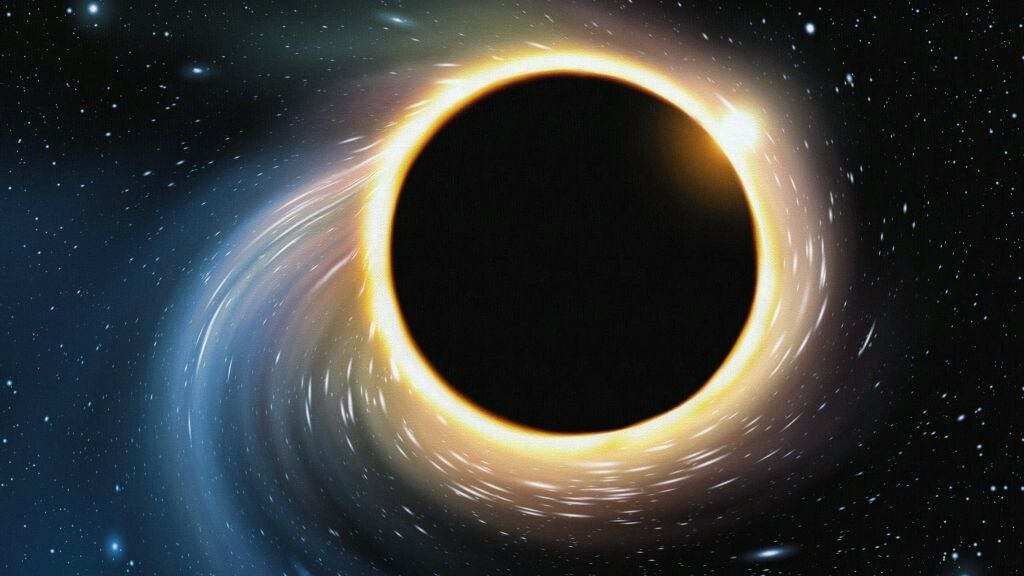
This statement implies that there is a link or correlation between two variables: a black hole’s spin and the brightness (or luminosity) of the region surrounding it. In other words, when a black hole spins faster, its surroundings may become brighter, and vice versa. This section offers a course of action based on the previously established link. It implies that increasing the amount of light released from a black hole’s surroundings may help to reconcile observed spin rates with theoretical model predictions. Essentially, increasing the brightness around the black hole may allow the measured spin rates to align with theoretical expectations.

It implies that there is an association between a black hole’s spin and the brightness of its surroundings. Increasing the quantity of light radiated from this area could help align measured black hole spin rates with theoretical model predictions.
That involves issues regarding the nature of gravity and space-time itself, as plunging areas are some of the most extreme regions of space we can observe. The plunging area lies immediately outside the event horizon, beyond which gravitational forces are so powerful that no matter or light can escape.
OUR SITE: Toinewsalert.com
Next-Gen Photography: Fujifilm’s AI-Powered GFX 100S II Hits the Market:
Next-Gen Photography: Fujifilm’s AI-Powered GFX 100S II Hits the Market
Tragic Loss: North Texas pilot died as Ejection Seat Activates on Ground:
Tragic Loss: North Texas pilot died as Ejection Seat Activates on Ground
From the Ashes: Nikola Jokic’s Stellar Play Propels Nuggets to New Heights:
From the Ashes: Nikola Jokic’s Stellar Play Propels Nuggets to New Heights

